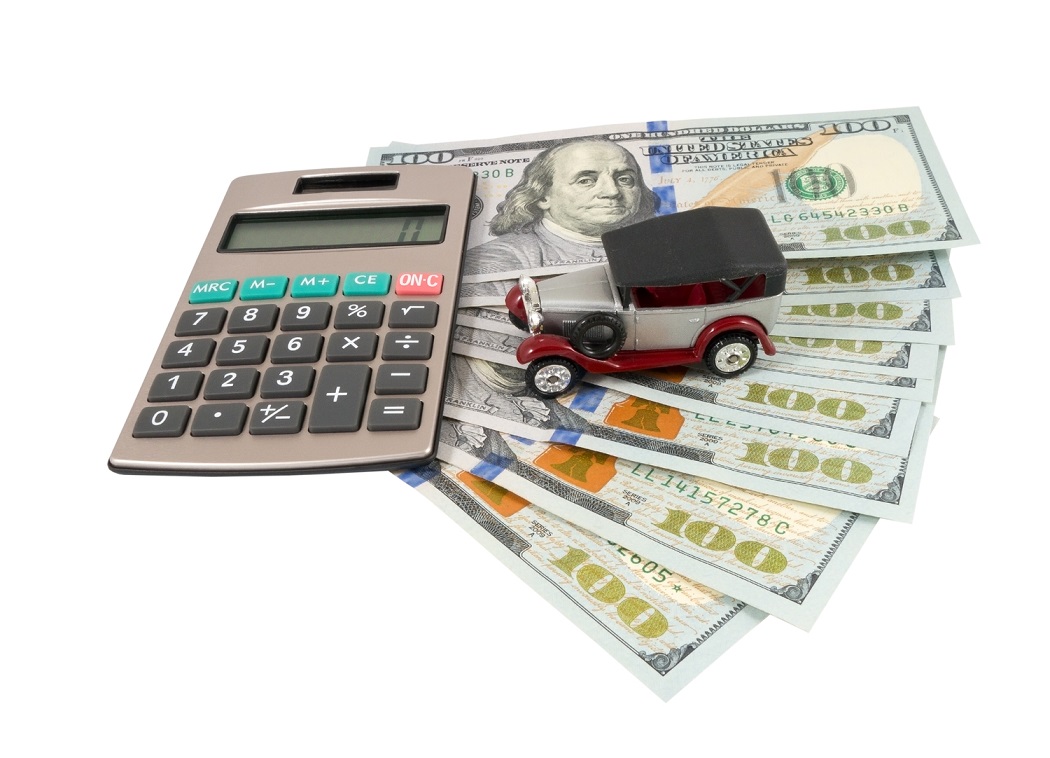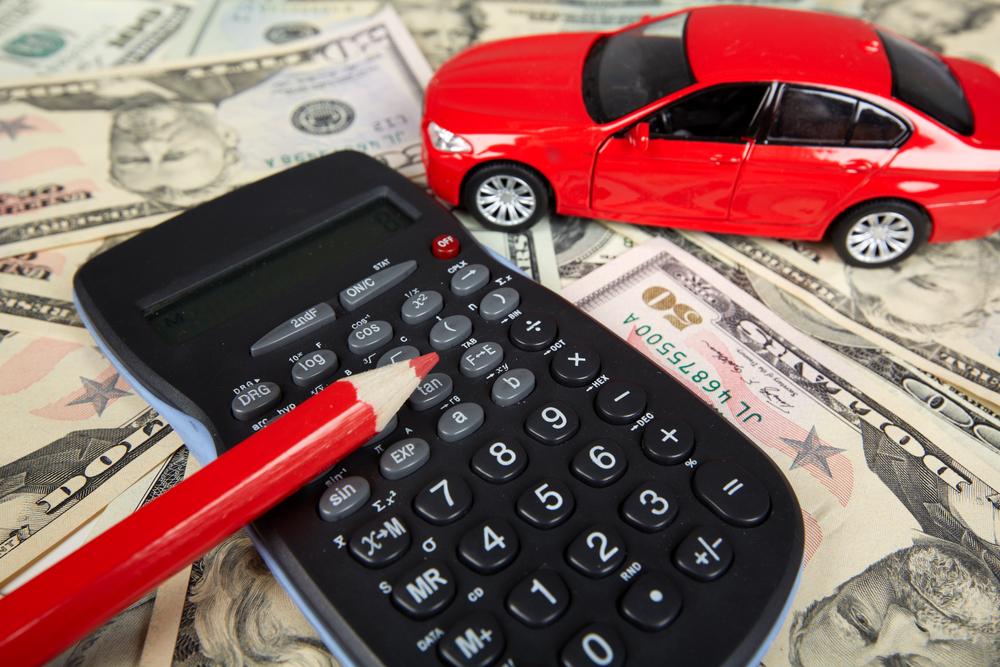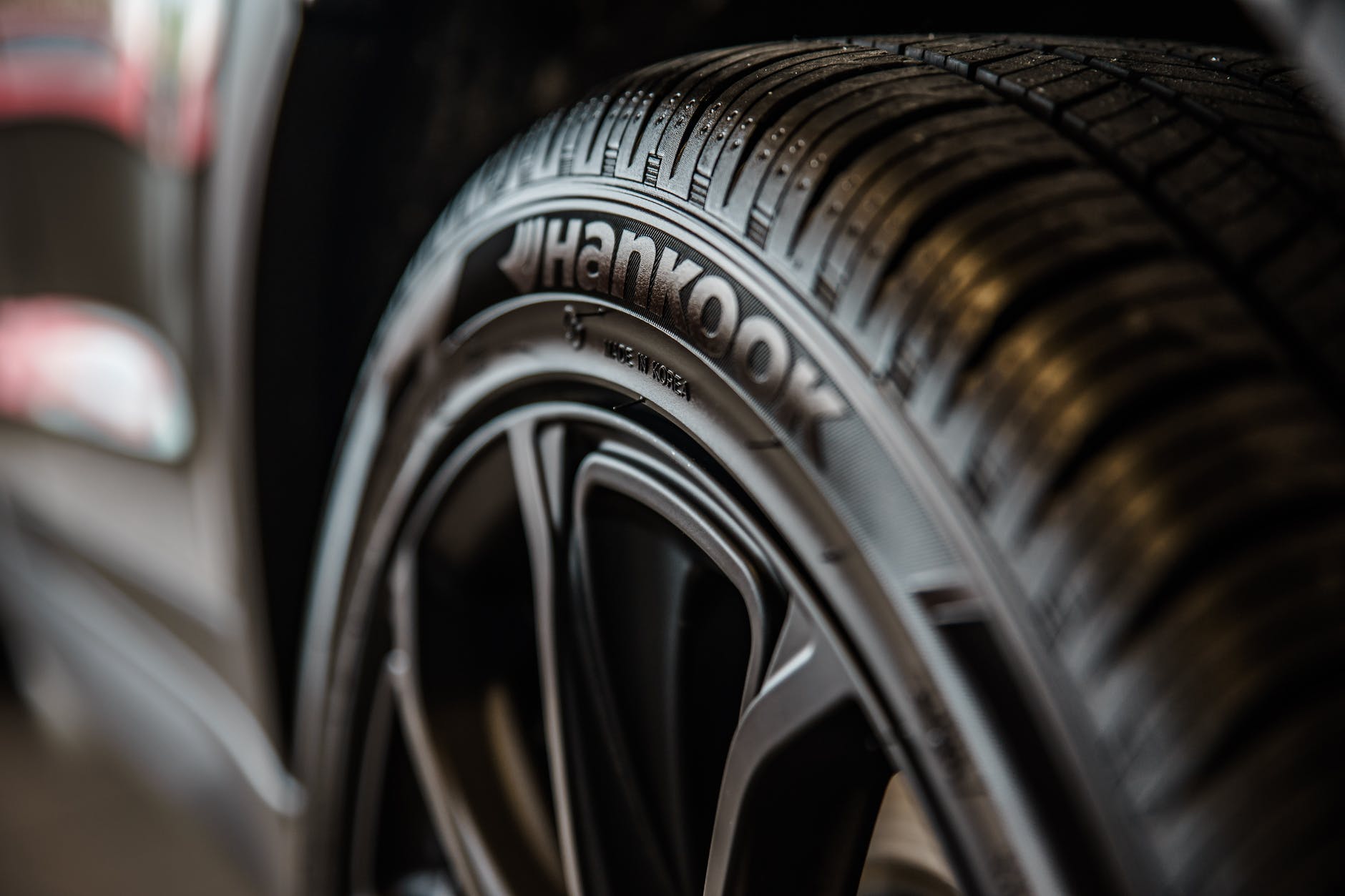
While most people are engrossed in the model, design, brand, body, whether it’s a hybrid or not, air conditioning and state-of-the-art infotainment system onboard a car, they often neglect or forget to check out the condition of the tires.
Tires, even though often neglected, are essential parts of any car, and without them, you won’t be able to cruise around town to show off your beautiful purchase – You can’t drive out of the lot without tires!
The functions of tires are quite enormous, some of which include supporting the load of the car or any vehicle, transmitting traction and braking on the road, absorbing shocks, and maintaining the direction of travel.
To adequately perform all of these functions, the tires have to be in perfect working condition. To achieve this, you should pay attention to the state of your tires – regular maintenance and frequent inspections are quintessential.
You could easily perform a physical examination. You would have to look for any signs of deterioration, wear and tear, cuts, cracks, air pressure, and depth of tread.
What Is A Tire Tread and What Roles Does It Play?
To help you understand what a tire tread is, let’s adopt a practical approach based on what we see every day.
During and after rainfall, water is collected on the surface of the road, making it wet and slippery. The treads on the tires form grooves that help maintain grip and provide traction to the ground.
This way, the grooves help to push or siphon water from the surface of the tires. If the treads are not of proper depth, it becomes difficult to drive on wet grounds – and this often results in loss of control of the car, which may lead to skidding off the road.
At high speeds, tires with shallow or no tread depth can experience hydroplaning, a scenario where the tires lose contact with the ground and skim on a thin layer of water on the road – hydroplaning also results in poor control and handling of the vehicle.
How to Maintain Your Tire
There are several ways to go about maintaining your tire and factors to consider while you are at it.
- Install New Tires
The best way to ensure that your tires are in perfect condition is to install new ones when due. Tires are prone to wear and tear. While purchasing new tires, ensure that quality tires of reputable brands, replace all worn tires. Also, pay attention to the mileage on the tires.
- Protect Your Tires
Exposure to the sun and harsh chemicals constitute factors that affect tires. Likewise, rough driving and harsh braking also damage tires.
Leaving a car undriven for long periods, especially in winter, leads to dry rot. Dry rot can be avoided by driving the car at least twice a month to heat-up the rubber and prevent it from drying out. Also, ensure that you clean your tires regularly and apply suitable protectants.
You can also maintain your tires by checking the pressure gauge, checking wheel alignment, and rotate your tires regularly as directed by the manufacturers. If you can do all of these, then you are right on track to making sure you enjoy safer and smoother rides with your healthy wheels.














